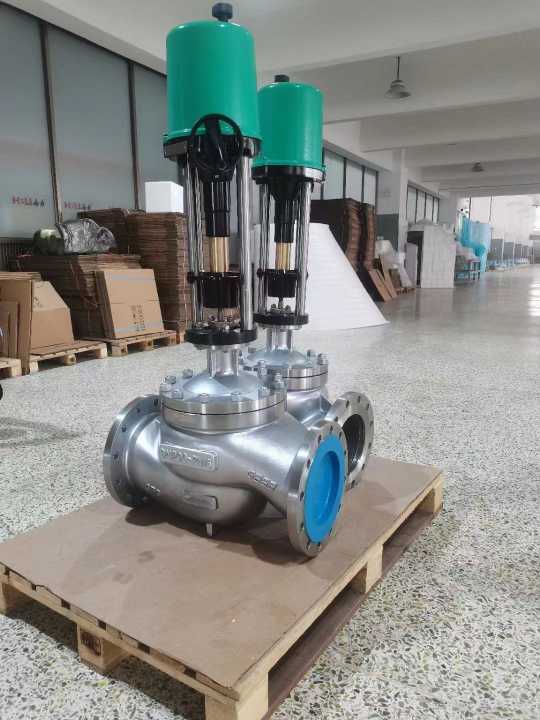In the growing field of hydrogen energy, efficient flow control is crucial for the safe and reliable operation of various systems, including hydrogen fuel cells, storage, and refueling stations. The Hydrogen Energy Electric Single Seat Regulating Valve plays a pivotal role in this process. It ensures that the flow of hydrogen gas is regulated with precision, improving the overall performance of hydrogen-powered technologies. This article explores the importance of these valves, their working principle, and their applications in the hydrogen energy sector.

Understanding the Basics of Hydrogen Energy Electric Single Seat Regulating Valves A Hydrogen Energy Electric Single Seat Regulating Valve is a specialized component used in hydrogen gas systems to control the flow of hydrogen. The “single seat” design refers to a type of valve structure that consists of a single sealing surface where the valve shuts to stop the flow of gas. These valves are called “regulating” because they are designed to maintain the hydrogen flow within a specific range, allowing for precise control of gas pressure and volume. The “electric” aspect of these valves means they are operated by electric actuators, which are controlled by a digital or automated system. Unlike traditional manual valves, electric actuators enable remote and automatic control, making them ideal for modern hydrogen energy applications that require real-time adjustments and monitoring.
Leave a Reply